Genus Macleaya Rank Species | ||
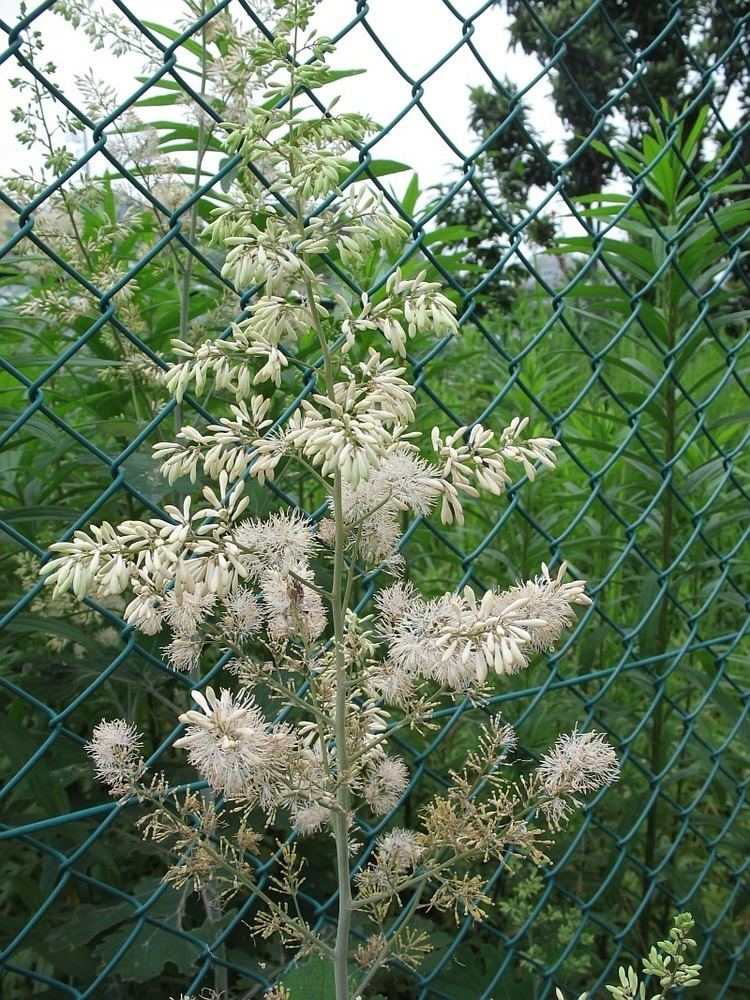 | ||
Similar Macleaya, Macleaya microcarpa, Bocconia, Papaveraceae, Lysimachia clethroides | ||
Macleaya cordata
Macleaya cordata, the five-seeded plume-poppy, is a species of flowering plant in the poppy family Papaveraceae, which is used ornamentally. It is native to China and Japan. It is a large herbaceous perennial growing to 2.5 m (8 ft) tall by 1 m (3 ft) or more wide, with olive green leaves and airy panicles of buff-white flowers in summer.
Contents
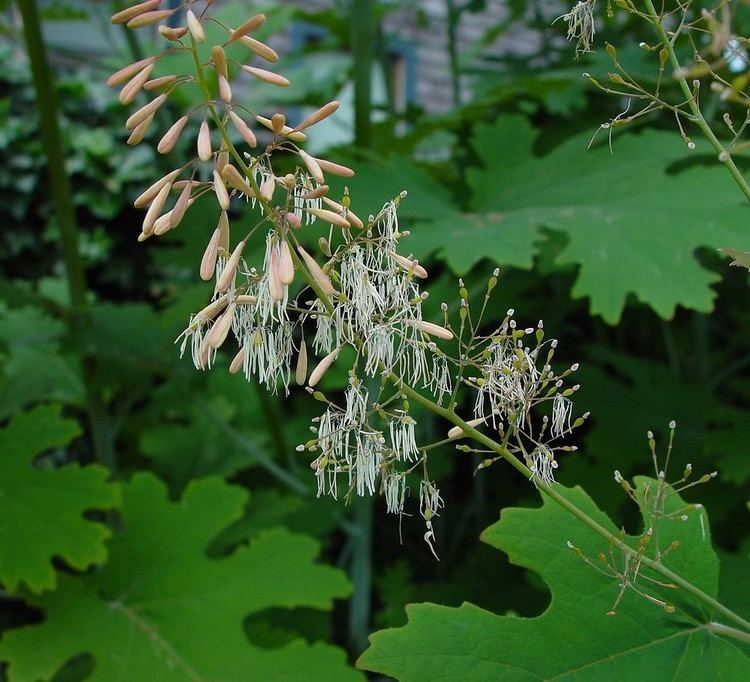
Etymology
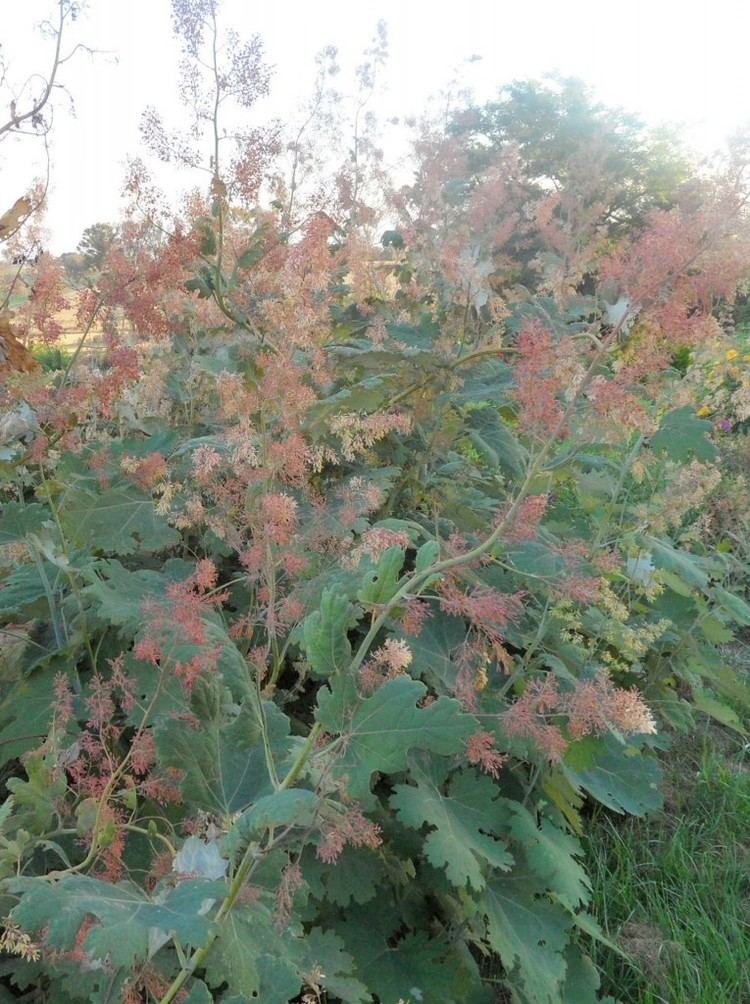
The Latin cordata means "heart-shaped", referring to the leaves. The common name plume poppy is used for plants of the genus Macleaya. The Chinese name 博落回 (bóluòhúi) is derived from 簸邏迴 (bòluóhúi), the Northern Wei name of the instrument 大角 (dà jiǎo, "big horn"), for the tonal similarity between the playable hollow stem and the instrument.
Cultivation
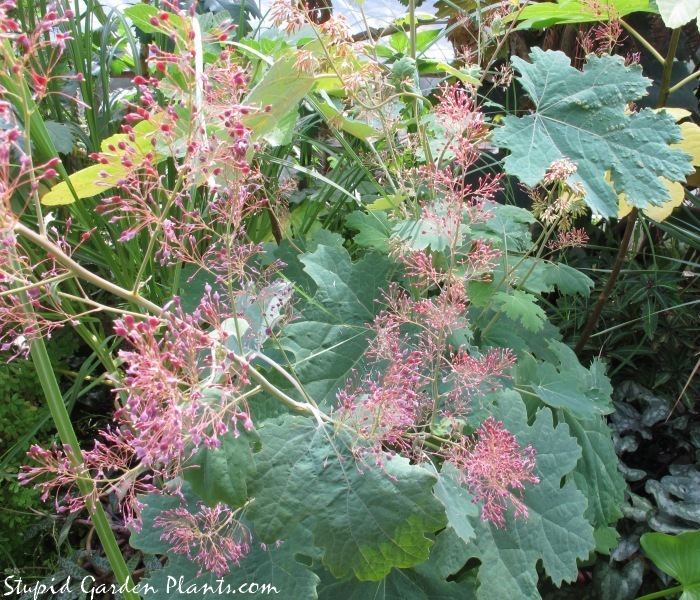
It self-seeds readily and can be invasive, so in cultivation requires space. It is a popular subject for flower arranging.
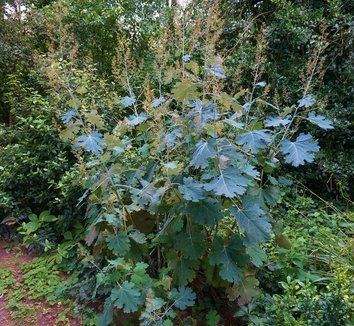
M. × kewensis, bred at Kew Gardens, is a hybrid of M. cordata and M. microcarpa. The cultivar 'Flamingo' has pink tinged flowers, and has gained the Royal Horticultural Society's Award of Garden Merit.
Other uses
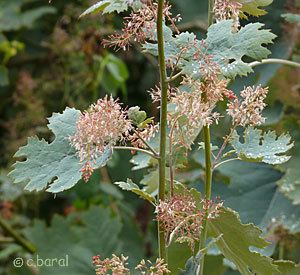
Macleaya cordata is a source of a variety of chemical compounds, mainly isoquinoline alkaloids. The seed oil contains dihydrosanguinarine, dihydrochelerythrine, and twelve fatty acids of which linoleic, oleic, palmitic and stearic acids predominate.
